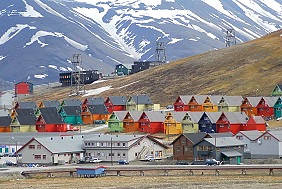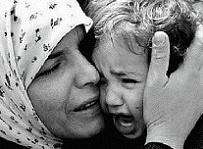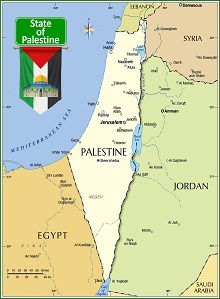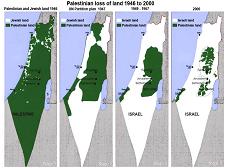 Norway to Activate Drills on Svalbard Archipelago Despite Its Demilitarized Status
Norway to Activate Drills on Svalbard Archipelago Despite Its Demilitarized Status

The 1920 Svalbard Treaty clearly established Svalbard as a demilitarized area. Therefore, Norway, under whose jurisdiction the archipelago falls, is obliged to ensure that no facilities which could be used for warlike purposes will be created there. | The Norwegian Air Force is planning regular training missions between the Arctic archipelago of Svalbard and mainland Norway starting next year. According to the plans for an increased military presence in the archipelago north of mainland Europe, the 335th Squadron will handle the regular training flights to and from Longyear-byen using Hercules transport aircraft. ● In the past few years Moscow has repeatedly accused Norway of violating the Svalbard Treaty with its creeping militarization of the archipelago - most recently in with the visit of the Thor Heyerdahl frigate. Earlier, Moscow said Oslo violated the Treaty by limiting the rights of Russian companies to gain access to mineral resources, and to develop hydrocarbon deposits. ● The Svalbard Treaty of 1920 recognized Norway’s sovereignty over the Arctic archipelago, at the time referred to as Spitsbergen, while stipulating its demilitarization. Norway is therefore obliged not to create or allow any facilities that be used for “warlike purposes”. The treaty also established that Russia had equal rights with Norway to develop the island. ● Never-theless, Norway’s militarization in the Far North continues. Only last month, Norway's Minister of Justice, Emilie Enger Mehl, launched the first of the coast guard's three new Jan Mayen-class vessels, the KV Jan Mayen, which has been seen as a way of strengthening security “all the way to the North Pole”. Starting on 1 November, the Norwegian government strengthened the combat readiness of the kingdom's armed forces amid the conflict in Ukraine, attracting condemnation from Russia which objected to “Oslo's conscious adherence to a destructive course to escalate tensions in the Euro-Arctic region”.




